Forsby-Köping Limestone Cableway
The remnants of a record-setting industrial bucket system can still be found dotting the Swedish countryside.
The Forsby-Köping limestone cableway was once the longest cableway in the world but is now just an industrial scar running through an otherwise bucolic landscape.
In 1939, a 26-mile-long cableway was constructed from Sweden’s Forsby quarry to the cement factory in Köping, in order to carry limestone from the mine to the production site. At the time of its construction, the transport system was the longest cableway in Europe, but it was soon superseded by a few other, similar industrial transports. Over the years, as some of the others were decommissioned, the Forsby-Köping line became the world’s longest cableway, still in working order, and remained so for more than three decades.
After 56 years and 25 million tons of limestone transported, the record-setting cableway was taken out of service in 1997. A number of attempts have been made to preserve it as a piece of industrial heritage, but the owner, Nordkalk, has been unable to find a suitable caretaker and it has been slowly being demolished step by step over the years. For the most part, the cable has long since been removed, as well as most of the limestone containers and many of the 235 trestles.
However, a few bits of the cableway remain. Across the fields outside of the municipality of Arboga they can still be seen cutting through the fields and what once was a protective net across the E20 road can still be seen standing there as reminder of the once great limestone cableway, and all the failed attempts to save it.
Know Before You Go
A few of the trestles can still be found along the E20 road east of the city of Arboga.
Plan Your Trip
The Atlas Obscura Podcast is Back!


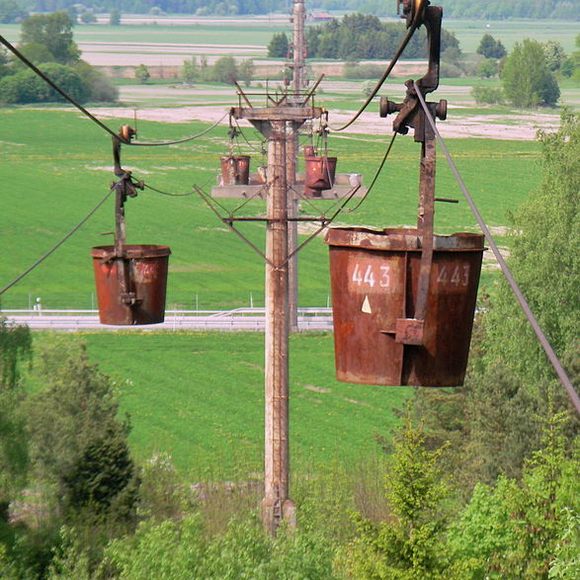



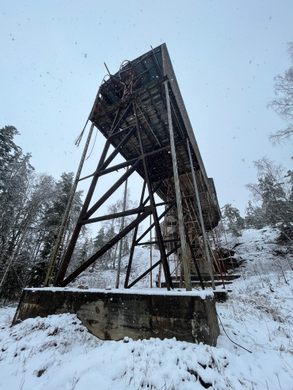
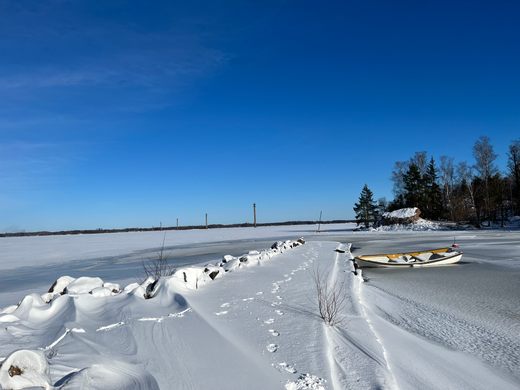
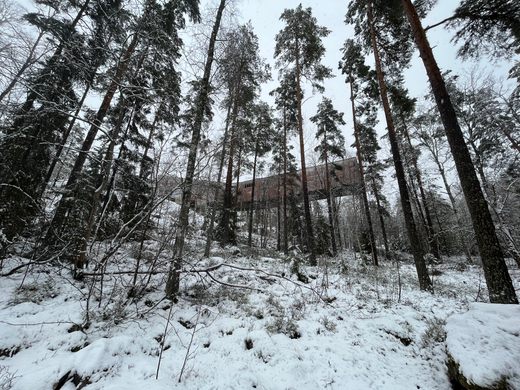
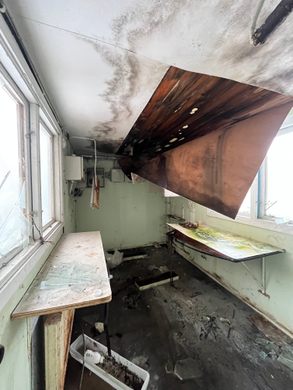
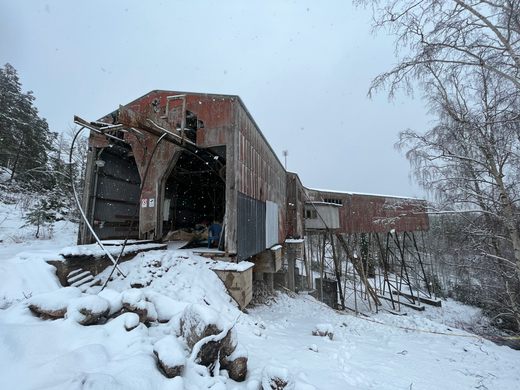










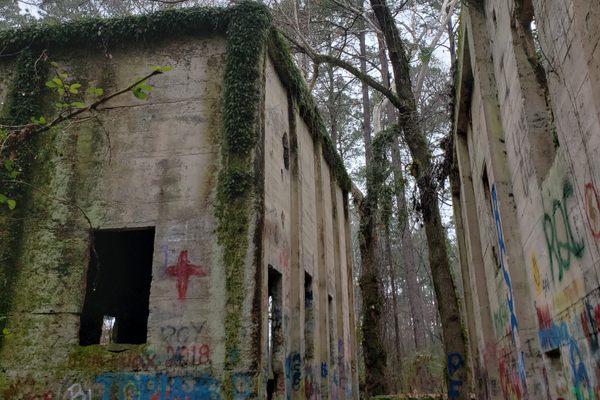

Follow us on Twitter to get the latest on the world's hidden wonders.
Like us on Facebook to get the latest on the world's hidden wonders.
Follow us on Twitter Like us on Facebook